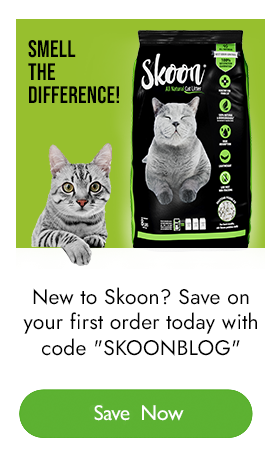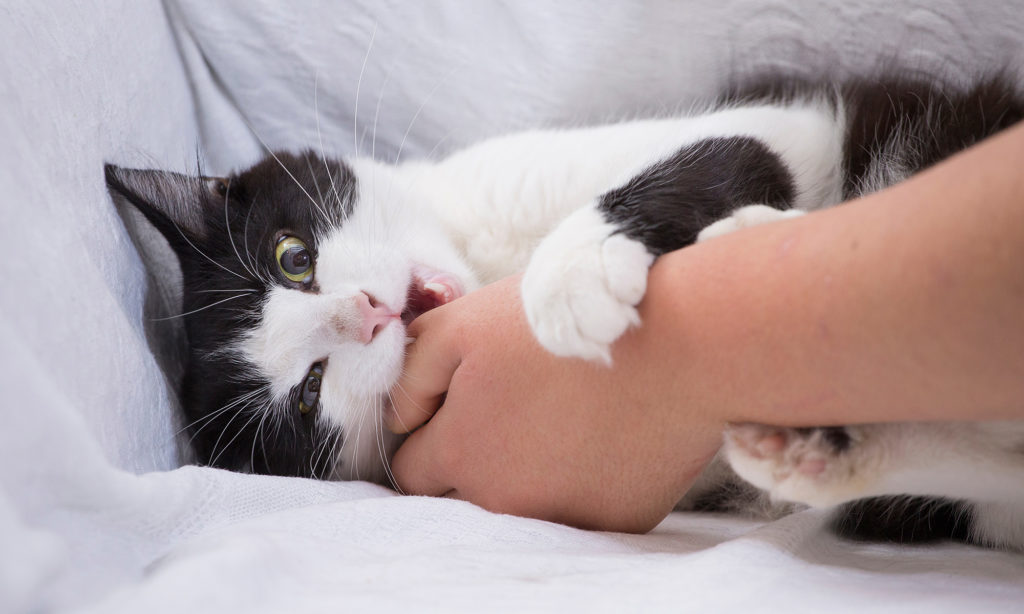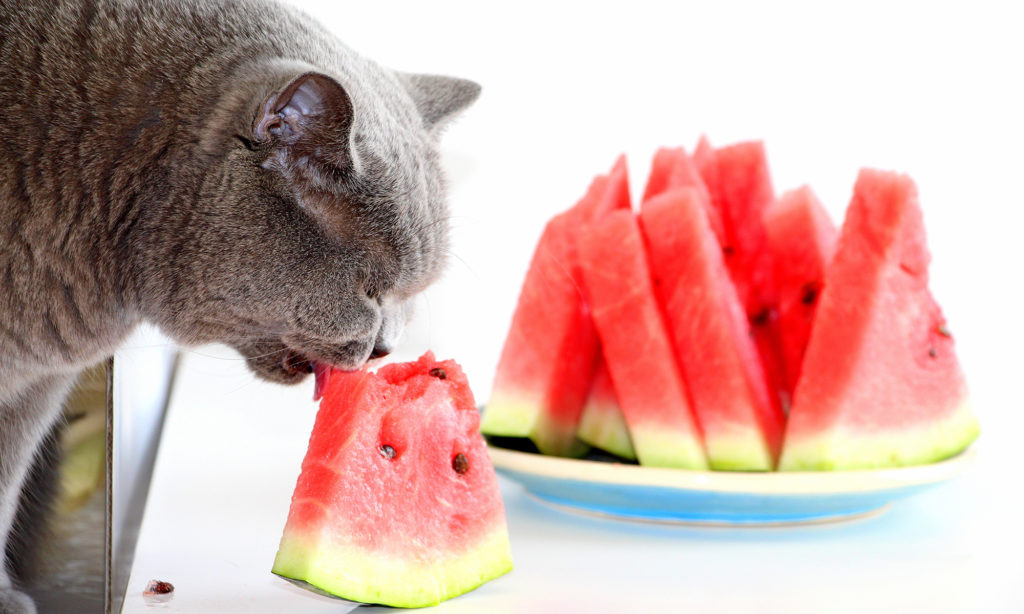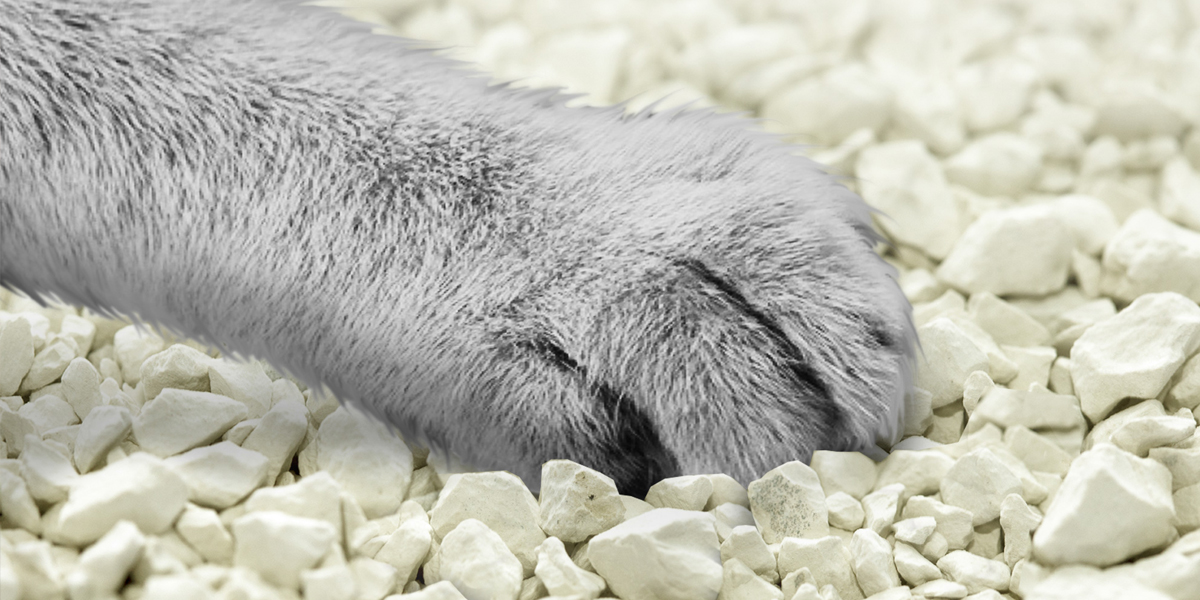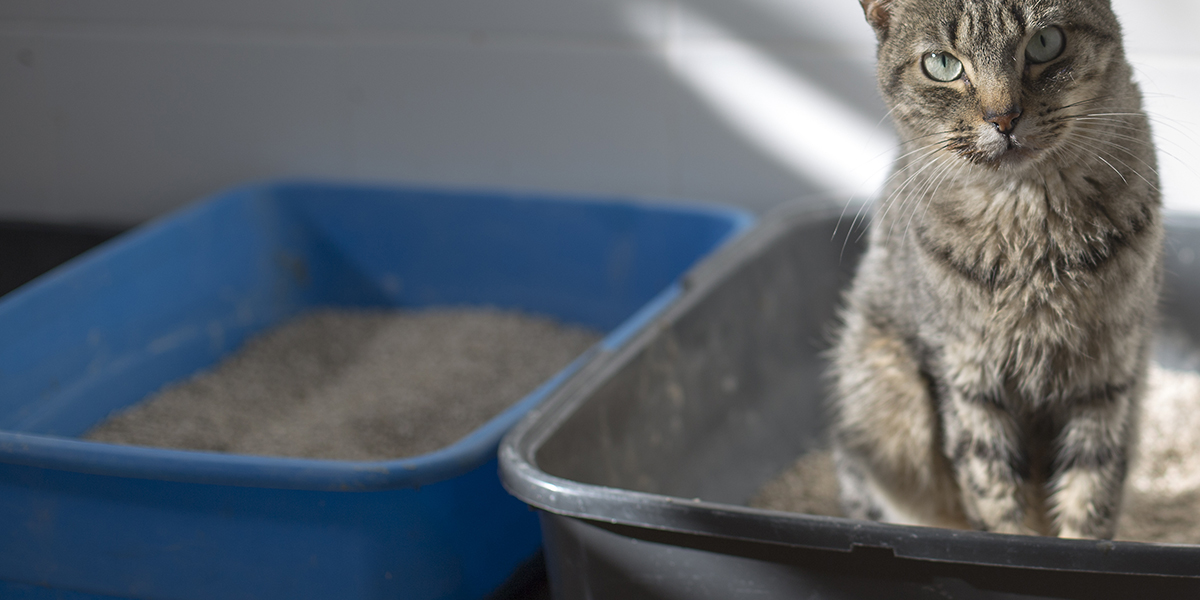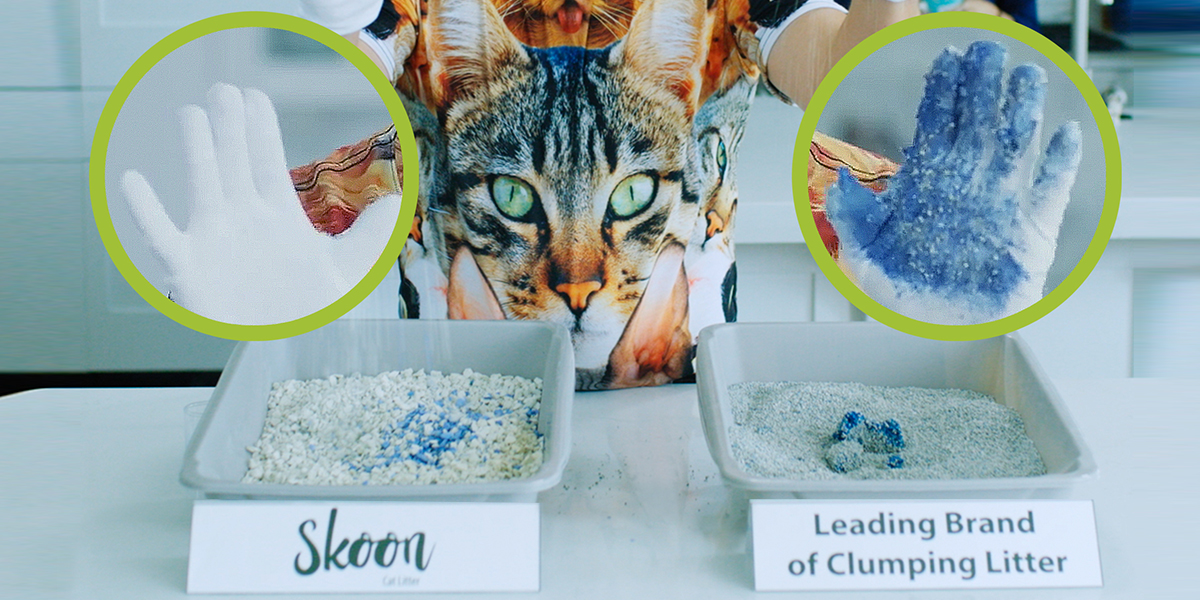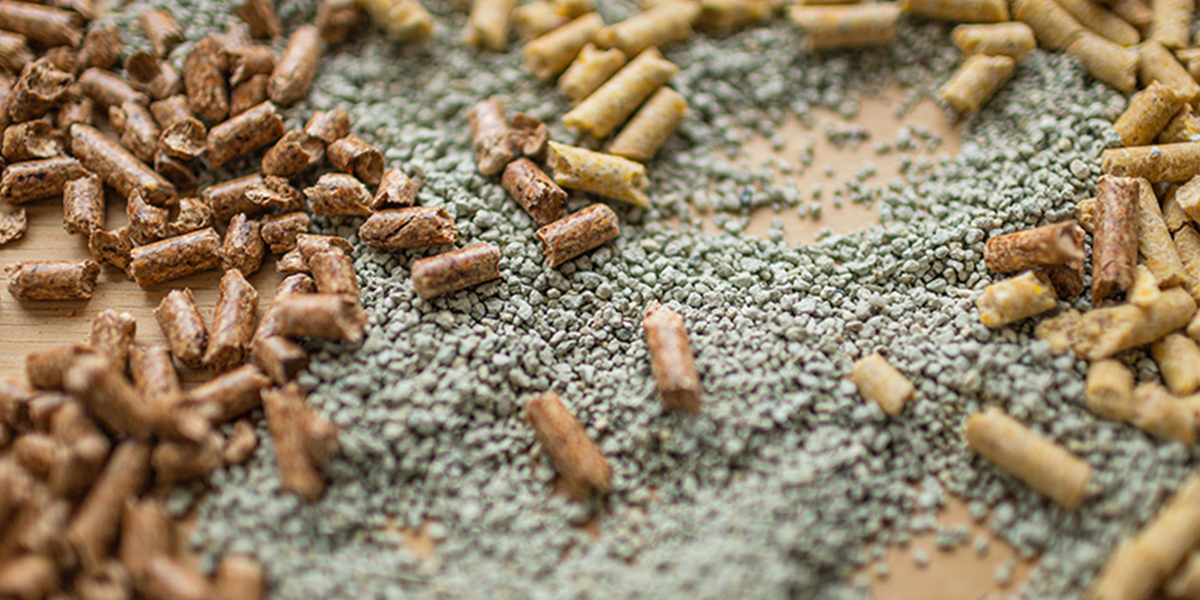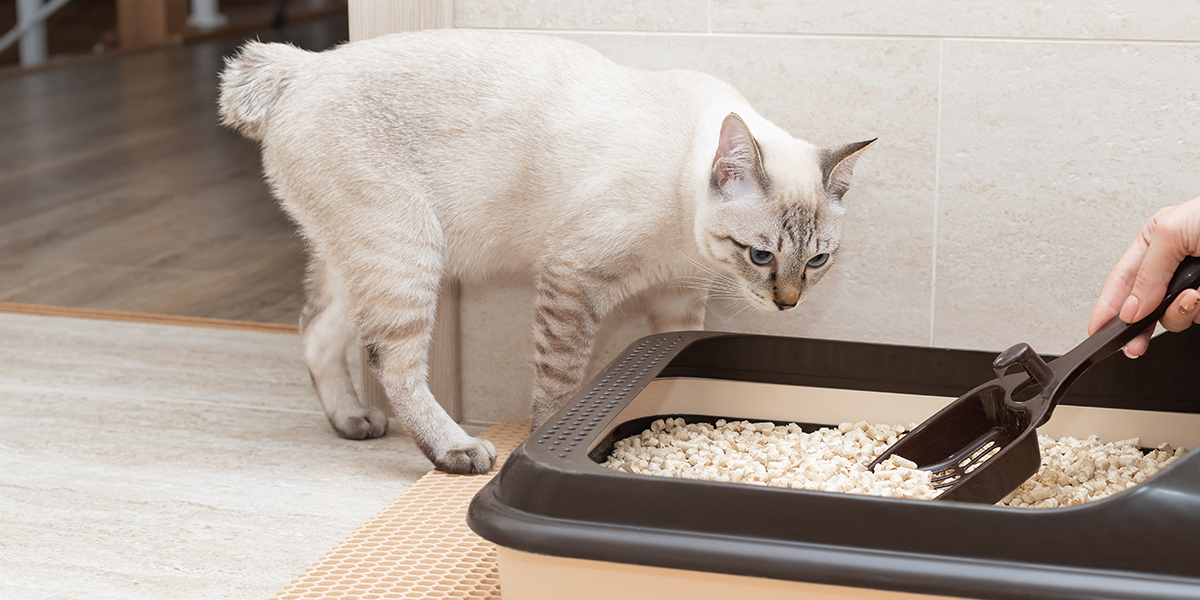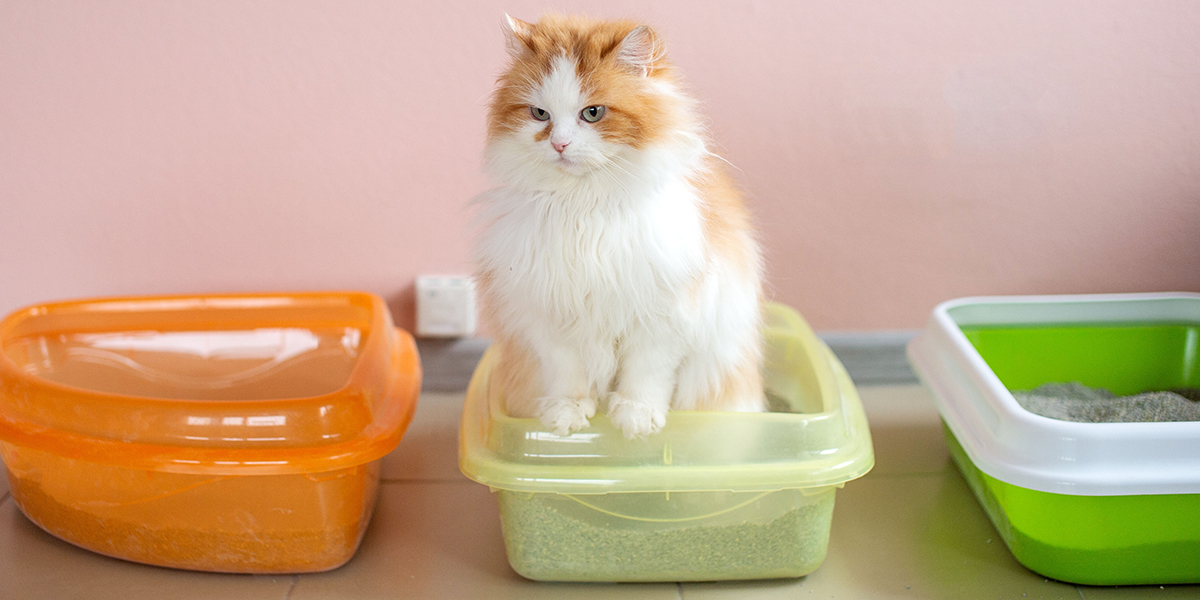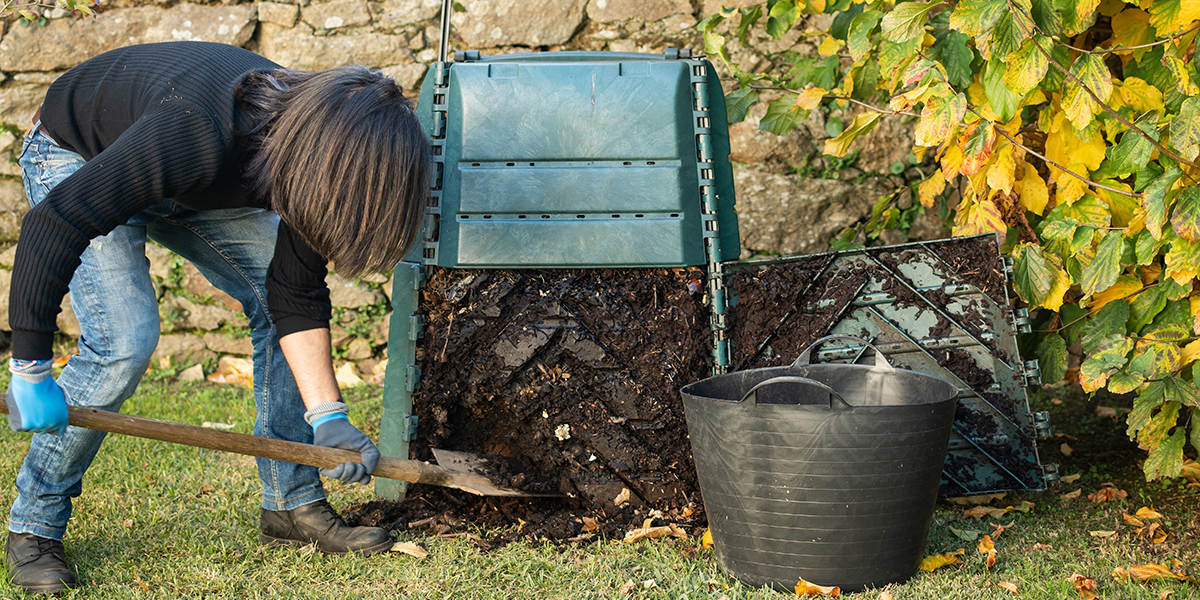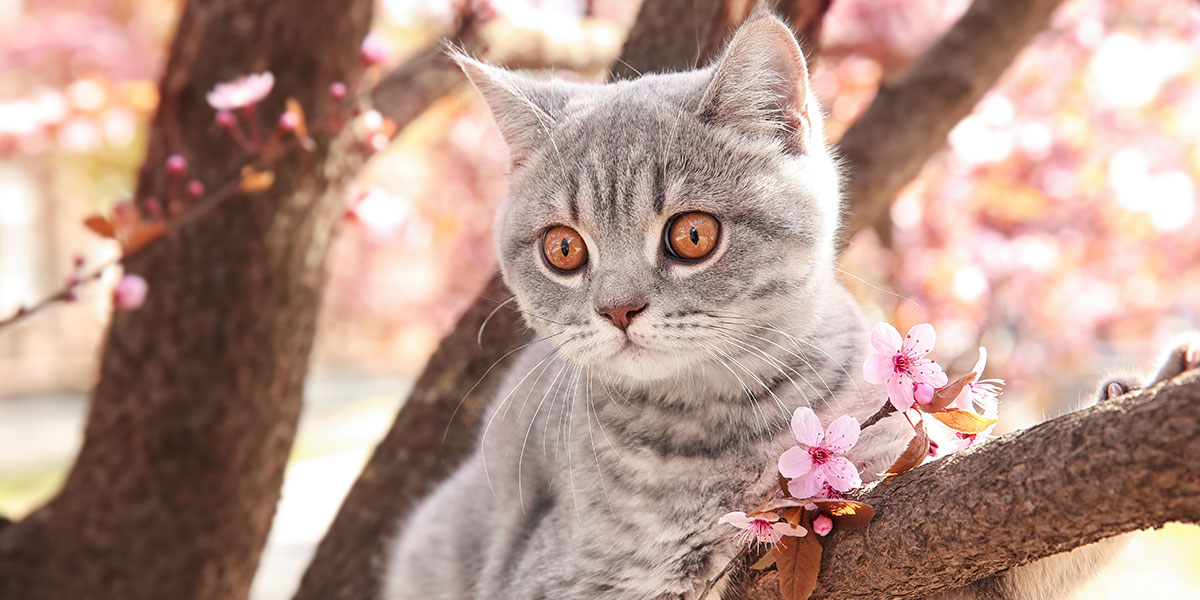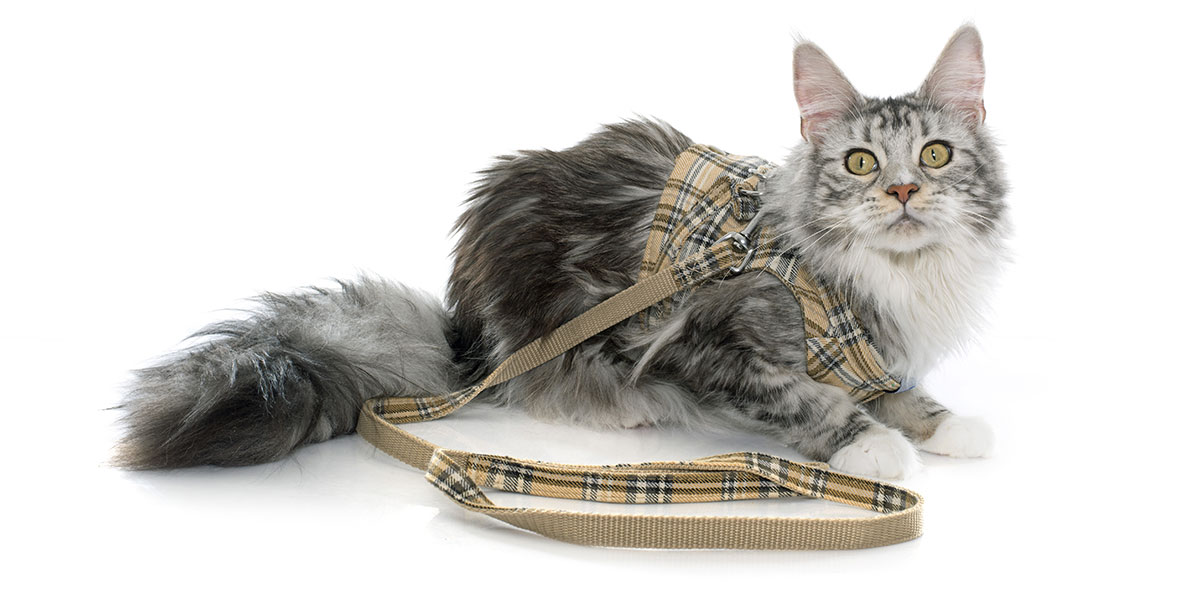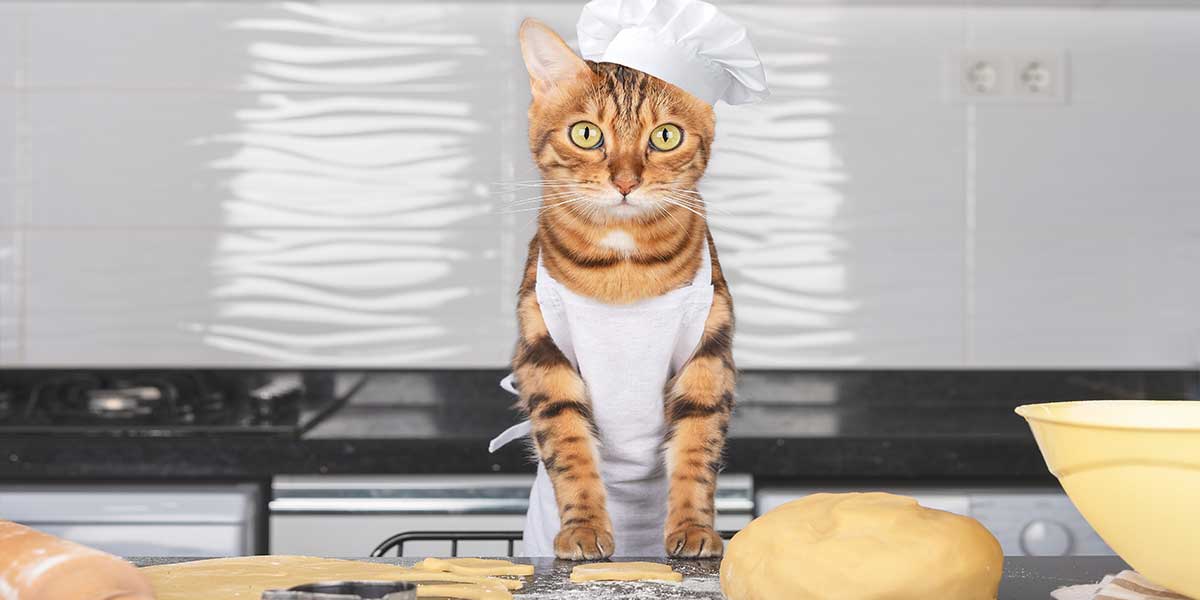The 101 to Non-Clumping Cat Litter
When it comes to kitty litter, there isn’t a one-size-fits-all option. Like their humans, cats have preferences: Some prefer something softer to the touch, others want their litter box to emit a soothing aroma of lavender or fresh pine. But arguably, one of the most significant decisions to make as a cat owner is between clumping and non-clumping cat litter. At the end of the day, both litters get the job done, giving your feline a designated spot to do their business and absorbing any unwanted odors along the way. At Skoon, of course, we’re big fans of non-clumping cat litter since we know it can be more beneficial for your cat and create less of a mess for you. Convincing your kitty to give it a go maybe a little trickier. Since hey, finding the suitable kitty litter can be just as problematic as nailing down the perfect cat food for your furry, picky friend. It may require some trial and error (and tons of patience) until you find one that fits your cat’s bathroom needs. Some cat owners may prefer clumping cat litter, but there are more benefits to using the non-clumping kind. Here, we’ve rounded up everything you need to know about non-clumping cat litter, including why it’s the preferred option for kittens.
How to Choose the Right Cat Litter for Your Feline
You bought the litter box, but now what? It’s time to fill it (before your cat makes it their own … you know what we mean). When choosing the best cat litter for your feline, there are several factors to keep in mind, including its smell, ingredients, and biodegradability. Head to any pet store, and you’ll find a variety of kitty litters — some scented (think: lavender, fresh pine, outdoors and more odor-masking aromas), others unscented. Fragranced or not, kitty litters will also be labeled as clumping or non-clumping, which is fairly intuitive: The clumping variety forms easy-to-scoop masses, whereas the non-clumping kind doesn’t.
Clumping vs. Non-Clumping Cat Litter: The Pros and Cons
Kitty litter falls into one of two categories: clumping or non-clumping. In some cases, you may have to go with the one that suits your cat’s personal preferences (hey, your cat deserves to have an opinion about their bathroom!). Still, often, it’ll be left up to the owner to decide which option is best for their cat’s behavior, environment and cleaning schedule. So, let’s break it down: Clumping cat litter is designed with the pet owner in mind, making it easier to remove feces and urine from the litter box. Most litters include something called ‘bentonite,’ causing it to solidify into a mass as it absorbs liquid. Since it’s easier to spot the pet mess, you often only have to scoop out the clumps and refresh the litter box with an equal amount of fresh clumping cat litter. But of course, this doesn’t mean you don’t clean the litter boxes as often; it simply makes the task at hand less tedious. But that doesn’t necessarily mean it’s better for the planet… or for your best friend. Non-clumping cat litter, on the other hand, is better at absorbing large volumes of cat urine, masking unwanted odors. Even more, some of these cat litters are made with baking soda or charcoal, which are specifically designed to get rid of inevitable odors. But just because this type of litter can absorb more cat pee, it doesn’t mean you can get away with cleaning the litter box less often. In fact, you have to clear out the entire litter box each and every time you need to clean a mess since it’s impossible to know where (and how much) the urine has been absorbed. Luckily, it’s a cheaper alternative to the clumping kind, so you won’t have to shell out too much money to replace the whole box each week. As Skoon, we aimed to solve the stinkiest problem cat owners have: managing the smell of a cat’s dirty business. But we wanted to also make sure there were no harmful chemicals, so we found the perfect all-natural substance. This created our diatom pebble that is very absorbent, low-dust and, best of all, hypoallergenic.
Types of Non-Clumping Cat Litter
Maybe you have a kitten who has been advised to stay away from clumping litter in fear that it’ll try to eat it. Maybe your cat is very particular and won’t go to the bathroom near any clumps. For one reason or another, you may be in the market for a non-clumping cat litter. If you’re in the market for a non-clumping cat litter, consider these varieties, all of which vary in scent options and dust level: Clay cat litter is one of the most popular options because it comes in clumping and non-clumping varieties. Clay not only absorbs the odor of whatever your cat leaves behind, but it can also be used to deodorize other parts of your house or garden. Crystal cat litter is a non-clumping option made out of silica crystals. Along with being extremely lightweight (a.k.a. easier for you to dispose of), this litter tends to last longer than other options. Pine cat litter is a more natural, environmentally-friendly way to absorb odors. It’s available in non-clumping and clumping, both of which are lightweight and dust-free. Paper pellet cat litter is made out of recycled paper material or, oftentimes, newspaper. Ideal for older cats or those with injured paws, this non-clumping cat litter is softer than other varieties and doesn’t have any scent whatsoever. The one catch: It is best for short-term use since it doesn’t control odor very well.
When It’s Best to Use Non-Clumping Cat Litter
Vets and cat experts agree that non-clumping cat litter is the best option for kittens. Not only will it be more challenging for little felines to eat, but it’s often softer on their little paws (paper, especially) and lighter for them to cover up their mess. A bonus for you (and the rest of your household): Non-clumping cat litter tends to be more absorbent of odors, which is especially helpful when your kitten is still figuring out how their body — and the litter box — works. Although they can move on to clumping litter after the first few months, some cats will prefer to stick with what they already know. At this point, it’s totally up to your cat to call the shots about which litter is best for them.
How to Effectively Switch Cat Litters
Transitioning from one kind of cat litter to the next is pretty simple but requires some planning on your part. Start slowly by adding small amounts of the new kitty litter to the box of old litter over a seven to 10-day period (or until your cat seems perfectly comfortable). Keep an eye on your cat’s bathroom behavior to see if anything has changed over the course of the ten days. If your cat completely avoids the litter box, give them some options to choose from by placing a few litter boxes with different kinds of litter. Then it’s up to them to make their final choice and go from there. Note: If they are going to the bathroom outside of its litter box, call your vet for further guidance since you may have a bigger cat health issue on your hands.
How to Properly Dispose of Non-Clumping Cat Litter
Since you don’t have the option to scoop out the problem areas, your only option is to throw the week’s worth of litter straight in the trash. To prevent odor and leakage, double bag the scooped litter, especially if you’re working with something heavier like clay kitty litter. Some clay and paper cat litters are compostable, so be sure to read the product’s packaging to see if that’s an option for you.

